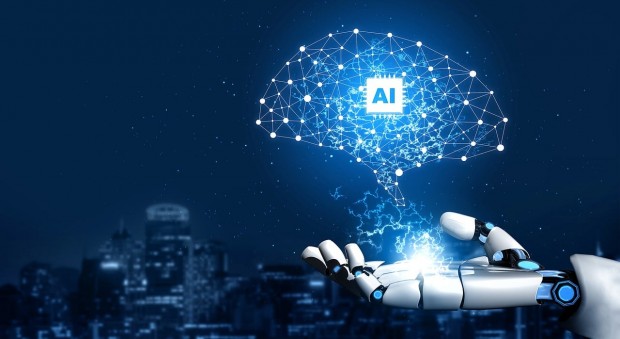AI tools are starting to be used in many sectors, including construction. This technology enables building companies to simplify their procedures, minimize waste, and base their judgments on data, improving general project results.

(Photo : Pixabay/Tung Nguyen)
5. Fusion 360
The Fusion 360 program from Autodesk is outstanding for 3D construction industry modeling. This one is the most often used tool by those in the building sector, including design teams and mechanical engineers. As mentioned, it is significantly better than all the other 3D modeling applications available in the building industry. Artificial intelligence transforms complex instructions into detailed and intricate parameter models. A lot of design possibilities are also generated by artificial intelligence, which provides specialists in the building industry with a variety of options.
4. Alteryx
Being a pioneer in data analytics, Alteryx lets companies fully utilize the tools. This program fits the needs of data scientists and business professionals because of its simple user interface and strong range of capabilities. Alteryx enables analysts to focus on strategic work by automating repetitive procedures, freeing them from Using the platform; users can create procedures scheduled to execute at specific times, guaranteeing that data is consistently updated. With this feature, efficiency is increased, and the likelihood of errors caused by humans is decreased.
3. DataRobot
In artificial intelligence and machine learning, DataRobot is a pioneering platform that enables businesses to acquire insights that can be implemented from raw data. The leading edge of automated machine learning technology offers a range of features that speed and simplify the creation of prediction models. Data Prep by DataRobot streamlines data preparation for analysis, possibly saving time and effort, which may be time-consuming and labor-intensive. The software can automatically manage tasks, including variable modification, detection of outliers, and imputation of missing data. By automating these stages, DataRobot helps users save time while ensuring that the data is presented accurately for the most effective analysis.
Also Read: Strengthening Concrete Structures: 7 Types of Rebar Used in Every Building Project
2. Procore
A premier source of construction management software, Procore facilitates the connection of all project stakeholders to solutions tailored to the industry. Increasing productivity and efficiency, reducing rework and costly delays, improving safety and compliance, and having more financial transparency and responsibility are all things that customers may benefit from using the Procore platform. Regarding project management, quality and safety, design coordination, building information modeling (BIM), financials, and field productivity, Procore's platform is designed specifically for the construction sector. It provides a comprehensive catalog of products and solutions. Procore has become a popular choice for building businesses looking to simplify their operations and boost their success due to its concentration on the construction sector and wide and straightforward platform.
1. Open Space
Pioneering an AI-powered reality capture and analytics system, OpenSpace is transforming building site documentation and analysis. OpenSpace can automatically capture a detailed visual record of the entire project by connecting a 360-degree camera to a hard and strolling about the site. Due to its intuitive user interface and easy connections with pre-existing construction tools, the platform has become an indispensable instrument for builders interested in utilizing cutting-edge technology. The capability of OpenSpace to function as a 'visual time machine' is one of the system's most notable characteristics. Project stakeholders can virtually visit any point on the site at any development level to help track progress, problem identification, and communication streamlining. In addition, the artificial intelligence features of the platform help teams make decisions based on data by offering vital insights and analytics, therefore enhancing the general effectiveness of the project.
Related Article: AI Revolutionizes Architectural Design but Fails to Capture Islamic Cultural Nuances, Study Reveals







